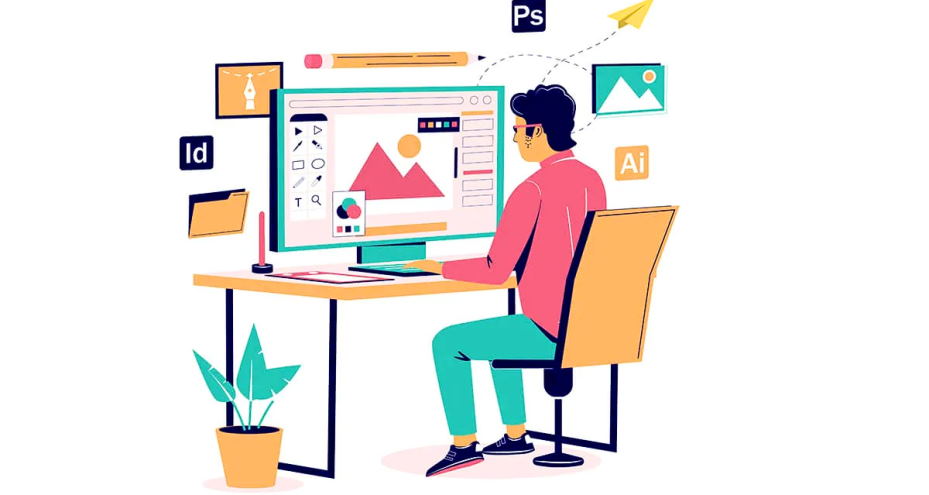Are you interested in exploring the world of graphic design but need help figuring out where to start? You’re not alone! Graphic design is an extremely broad field that offers a myriad of career choices. As a result, there are endless possibilities for someone with a love and passion for visuals, art, and creativity — ranging from logo design to motion graphics. In this blog post, we’ll review some of the primary categories within graphic design and top job titles so you can get started researching what direction might be best suited for your talents and skillset. So whether you’re just curious about the different types of jobs available or trying to decide which route would make the most sense given your current knowledge base and experience level, read on!
Types of graphic design careers you didn’t know existed
Graphic design is a field known for its creativity and versatility, but many need to realize just how varied the profession can be. While traditional roles in advertising, branding, and typography remain, other types of graphic design careers may surprise you.

- Motion Graphics Designer: Instead of still images, motion graphics designers create animated graphics for film titles, television commercials, and websites. With expertise in 3D animation and computer-generated imagery (CGI), they craft engaging visuals that capture viewers’ attention.
- User Experience Designer (UX): UX Designers focus on improving user interaction with digital products such as websites or apps. Using research methods like wireframing or prototyping, they improve the overall design of websites and apps, ensuring a better experience for users.
- Environmental Graphic Designer: This type of designer uses visual elements like signage, murals, wayfinding systems, artwork, and more to unite a physical space with its purpose and identity. This could involve designing an entire environment for a museum or providing directional signage for a corporate office building.
- Video Game Artist: A video game artist creates the visual assets and graphics that bring games to life. They must be able to use various tools and techniques, from hand-drawn sketches to 3D animation, to create the interactive world players explore in video games.
Graphic design is an incredibly diverse profession with a number of different specialty areas for those looking for an interesting career path. With these types of graphic design careers, you can find rewarding work in all sorts of industries, from entertainment and fashion to healthcare and education.
Which graphic design career is right for you?
The answer to this question depends on a number of factors, such as your skills, interests, and career goals. For example, some graphic design jobs require specialized software knowledge or industry certifications; others may not require any formal qualifications. If you’re unsure which type of graphic design job is right for you, review the different types of positions available in the field.

Graphic designers are responsible for creating visuals that communicate ideas and messages. This could include designing logos, websites, advertisements, packaging labels, magazines, and more. Depending on the job requirements and company needs, some designers specialize in particular areas, such as print publications or web-based designs. Other types of graphic design roles may include working with animation or multimedia elements.
Graphic designers may also specialize in a specific industry, such as fashion or healthcare. Experienced graphic designers can find jobs in advertising agencies, design firms, printing companies, and many other areas. Some positions may require the designer to collaborate with other professionals, such as writers, photographers, and videographers.
When choosing a graphic design career, the most important factor to consider is your interest and skill level. If you have an aptitude for drawing and creating visuals with computers, you’re well suited for a job in this field. You should also consider the type of work environment you prefer; some roles require more client interaction, while others involve working independently from home or an office setting.
With some research, you can find the ideal graphic design career that matches your skills, interests, and goals. Once you’ve identified a career path, look for opportunities to gain experience in the industry by taking courses or internships. You can become an expert in your chosen field with a combination of talent and hard work.
